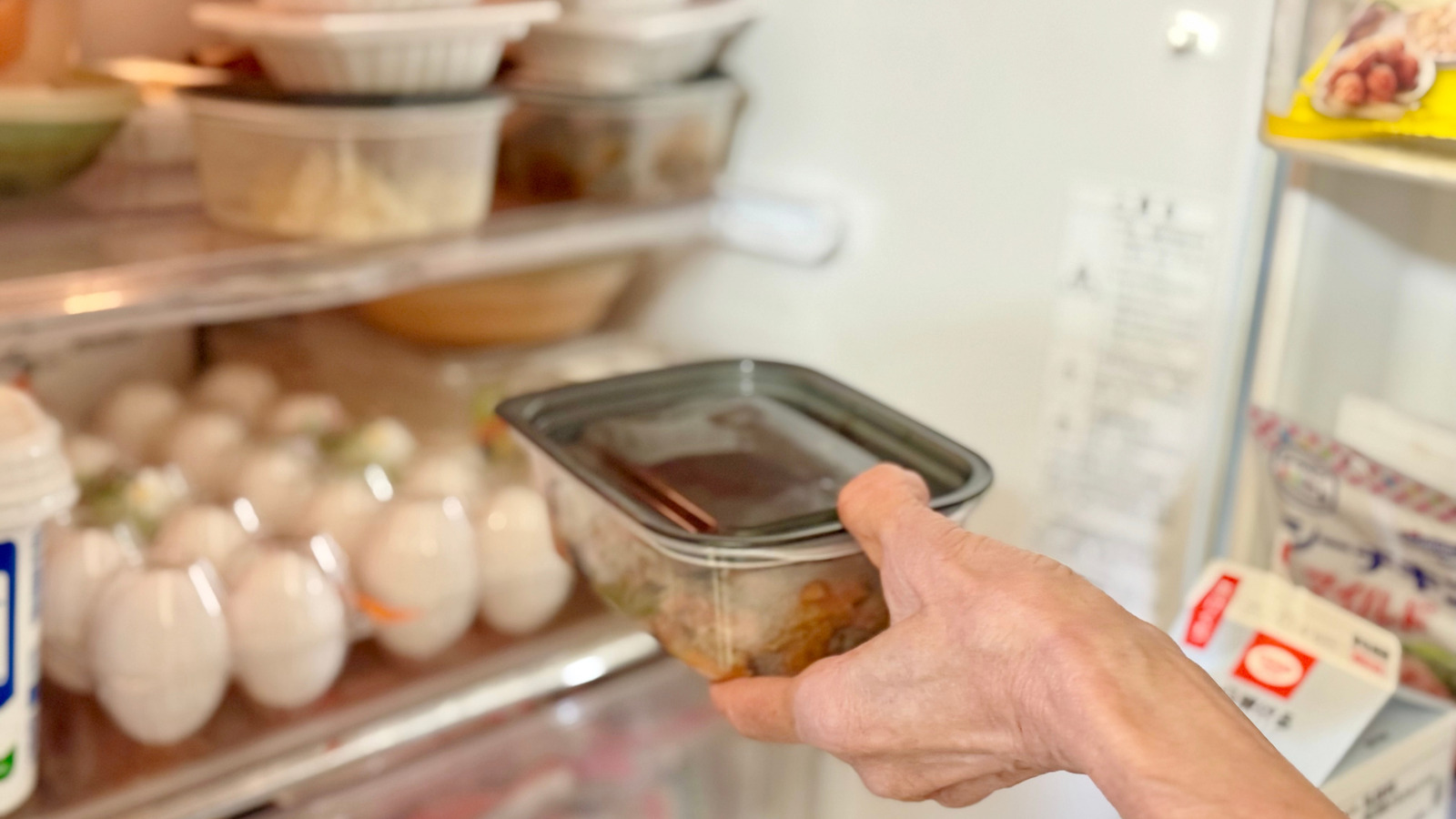
"Oxidation is the process by which food comes into direct contact with the surrounding air. It's the same process that causes opened bottles of wine to break down after a few days - and it's the main culprit that causes food to go bad over time. Oils and fats degrade upon prolonged oxygen exposure, impacting the taste, odor, and even the nutritional profile of your leftovers."
"By keeping excessive oxygen and moisture out, airtight containers slow the process, ensuring food is less exposed to the elements and (subsequently) stays fresher longer. Fat-soluble vitamins are also retained, keeping the nutrients locked in and harmful bacteria out. To get the most out of your leftovers, the 2-2-2 rule can act as a helpful gauge. An airtight seal staves off oxidation"
Oxidation occurs when food contacts oxygen, causing oils and fats to degrade and altering taste, odor, and nutritional profile even when foods look fine. Airtight containers reduce exposure to oxygen and moisture, slowing chemical oxidation, preserving fat-soluble vitamins, nutrients, and reducing bacterial contamination. Using oxygen-resistant materials like coated plastic or glass with a tight seal helps retain freshness and taste. When initial packaging is porous, transfer leftovers to airtight containers. The 2-2-2 rule provides guidance for maximizing leftover quality. Proper sealing reduces waste by extending shelf life and maintaining food safety.
Read at Tasting Table
Unable to calculate read time
Collection
[
|
...
]